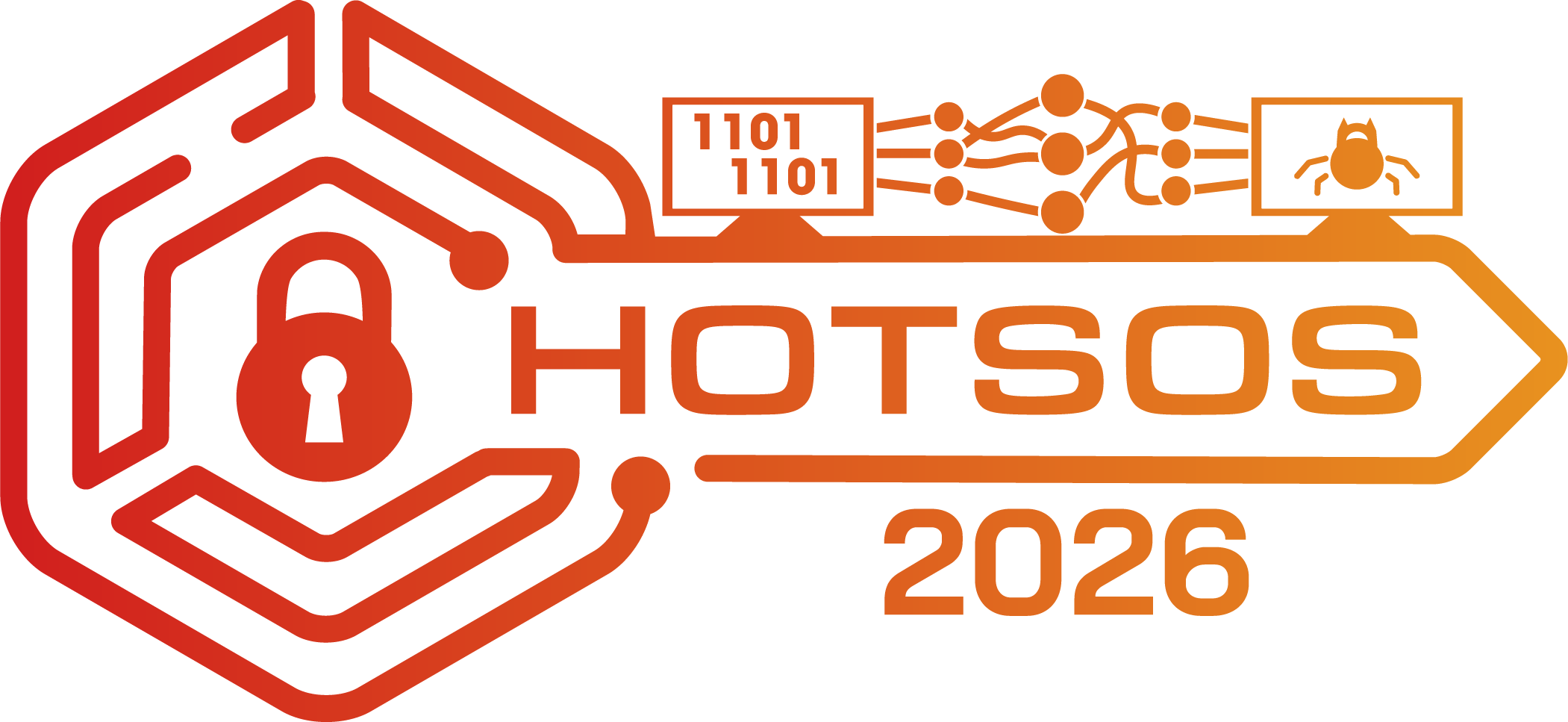Ghostbusting: Mitigating Spectre with Intraprocess Memory Isolation
| Spectre attacks have drawn much attention since their announce-ment. Speculative execution creates so-called transient instructions, those whose results are ephemeral and not committed architec-turally. However, various side-channels exist to extract these tran-sient results from the microarchitecture, e.g., caches. Spectre Variant 1, the so-called Bounds Check Bypass, was the first such attack to be demonstrated. Leveraging transient read instructions and cache-timing effects, the adversary can read secret data. In this work, we explore the ability of intraprocess memory iso-lation to mitigate Spectre Variant 1 attacks. We demonstrate this using Executable and Linkable Format-based access control (ELFbac) which is a technique for achieving intraprocess memory isolation at the application binary interface (ABI) level. |
Additionally, we consider Memory Protection Keys (MPKs), a recent extension to In-tel processors, that partition virtual pages into security domains. Using the original Spectre proof-of-concept (POC) code, we show how ELFbac and MPKs can be used to thwart Spectre Variant 1 by constructing explicit policies to allow and disallow the exploit. We compare our techniques against the commonly suggested miti-gation using serialized instructions, e.g., lfence. Additionally, we consider other Spectre variants based on transient execution that intraprocess memory isolation would naturally mitigate.
 Prashant Anantharaman is a Ph.D. student at Dartmouth College who works on Language-Theoretic
Prashant Anantharaman is a Ph.D. student at Dartmouth College who works on Language-Theoretic
Security. He works on securing various Industrial IoT and Power Grid protocols
by building secure parsers for them and has recently begun exploring various
binary file and protocol formats.

